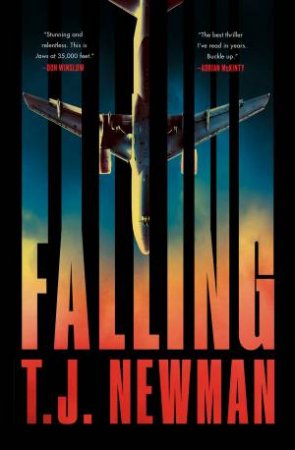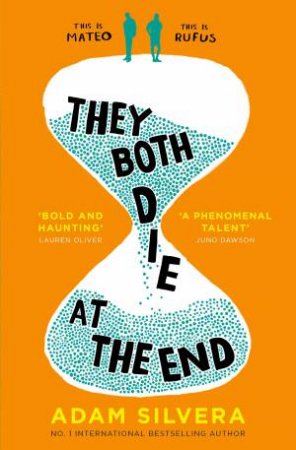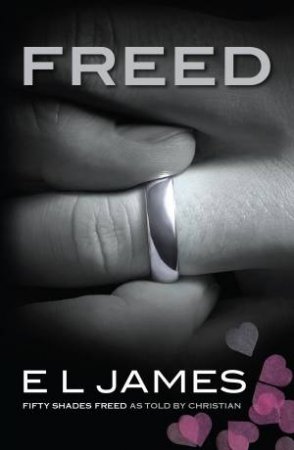
Benjamin Stevenson is an award-winning stand-up comedian and author. He has previously written two fantastic books, has sold out live shows from the Melbourne International Comedy Festival to the Edinburgh Fringe Festival and has appeared on numerous television channels. His new book – “Everyone In My Family Has Killed Someone” was published recently and is our April Book of the Month.
“Everyone In My Family Has Killed Someone” follows the narrator as he reluctantly attends a family reunion in the snowy mountains. He was dreading the reunion before a storm stranded him and his family in their resort… and even before the first murder. In his family, there is tension and bad blood, but they all have one thing in common. They have all killed someone.
Exclusively for QBD Blog readers, Benjamin talks about ‘spoiling endings’…
While there aren’t any firm rules to any type of writing, surely a good one to follow for crime fiction is: don’t spoil the bloody ending. So when I started writing my new crime novel, and decided to spoil the entire novel in the first two pages, my inner editor was screaming at me to step slowly away from the computer.
Here’s how it happened. My book is written in first person, which means that the narrator obviously survives the events of the novel. In a murder mystery where a serial killer is stalking the cast, and the bodies are piling up, this is no easy feat. But such is the bane of any crime author: first person equals survival.
However, in recent years, first person does not equal honest. Psychological thrillers have had an absolute blast hood-winking readers with the patented ‘unreliable narrator’. I’m reticent to name books at the risk of spoiling them, but it’s no spoiler to say that this is used to great effect in Gone Girl. That was around the time that a first person narrator that could really manipulate the truth emerged in fiction. And the twists got bigger and bigger, because the novel could literally tell the reader anything they wanted. If it’s coming from the mouth of an unreliable narrator, red herrings can be presented as truths in a way that, when it’s peeled back in finale and revealed a lie, it doesn’t feel like cheating because the narrator was supposed to lie to us the whole time.
But that didn’t work in back in what we call the Golden Age of mystery fiction, the era just after Conan Doyle, when Agatha Christie, GK Chesterton, Ronald Knox and several others formed a ‘detection club’ to discuss the writing of mysteries. They had a set of rules, a club motto if you will, that boiled down to one thing: play fair. Everything the detective sees, the reader must see also. This is the difference between modern psychological thrillers with their trick and traps, and classic mystery fiction: in Golden Age mysteries, we are playing along; in modern thrillers, we are being played.
That’s not to say one’s better than the other. There are amazing novels in both categories. But this was the dilemma I faced when I sat down to write Everyone In My Family Has Killed Someone. I had a first person narrator who’d lived through the events of the book and, in effect, was sitting down to write about them. In order to preserve a twist ending, did I have any choice but to make my narrator lie to the reader? I asked myself this question as if it was the only option. But of course, there was another, crazy idea. What if I… told the truth.
What if my narrator was the most reliable crime fiction narrator you’ve ever met. So much so that he tells you the entire truth of the novel in the very first pages, spoilers at all. It seemed insane at first, and then it became fun to write, and then it became insane again. But after all that, I learned something huge: my twist was working better. The turns were more surprising. I’d gotten away with the almost unimaginable: by telling the reader everything that was going to happen, I’d somehow increased the suspense.
Turns out the more you think you know, the less you really know. While most crime fiction relies on the primary question of Who? My novel was now also dealing in How? and When? and Why? I had stumbled into all these concurrent mini-mysteries. It’s like a magic trick, while the magician is talking about one card, he’s switching another behind his back. Instead, I was showing you I was switching the card behind my back, but in doing so the card I was holding in plain sight was going unnoticed. It was a revelation.
And that’s why I decided to spoil my entire novel in the first two pages. And trust me, even though I’m telling you exactly what happens, you’ll never guess the ending.
To order “Everyone In My Family Has Killed Someone” by Benjamin Stevenson, you can visit the QBD Books website or your local QBD Books store!



























